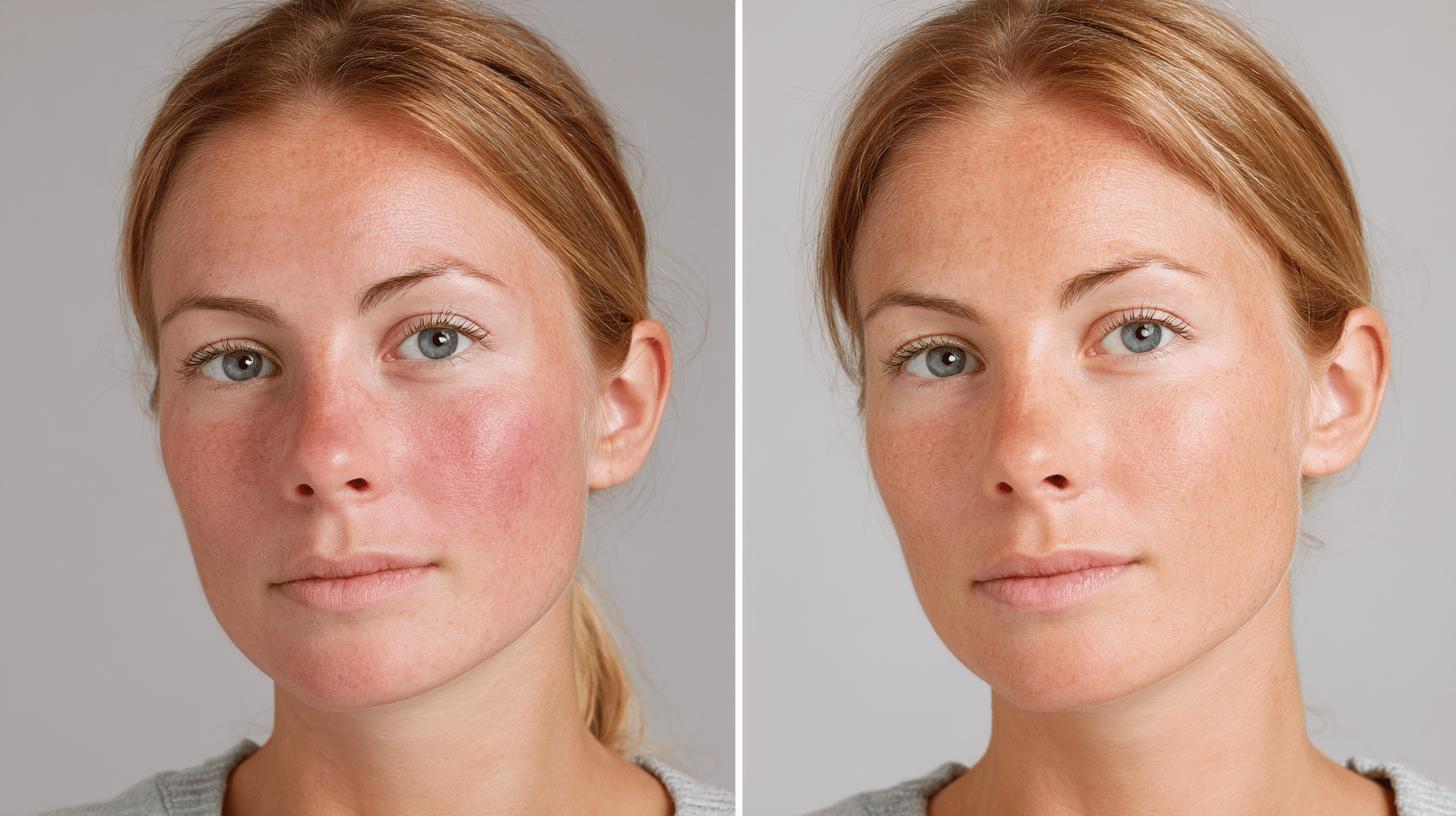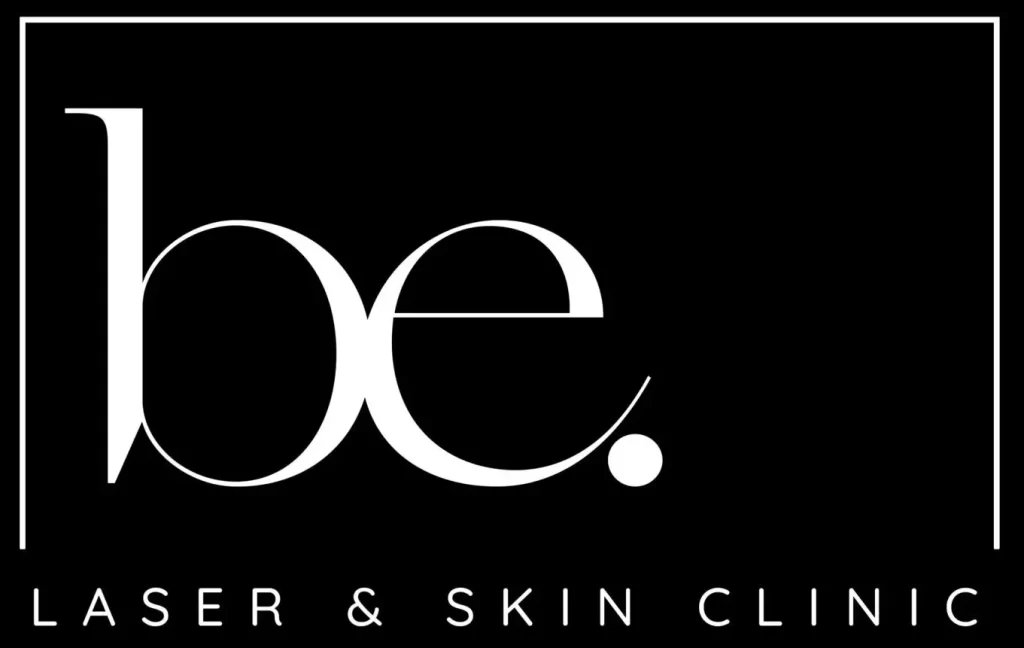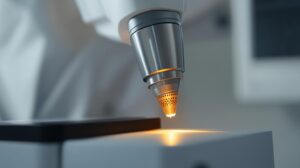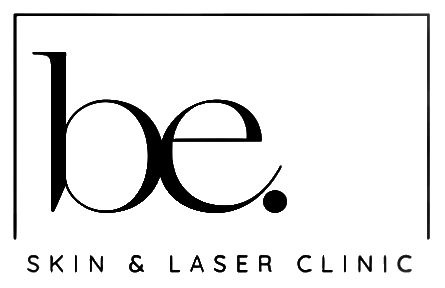Ever imagined if achieving radiant skin despite rosacea was a realistic dream or a fleeting fantasy? As a prevalent, chronic skin condition, rosacea manifests through persistent redness and visible blood vessels, often disrupting the lives of those suffering from it. Fortunately, there’s good news on the horizon: laser treatments offer a transformative solution. This article explores dermatologist-approved laser protocols designed to combat rosacea’s effects, reduce redness, and bring lasting improvement. With expert insights and evidenced-based strategies, discover how these innovative treatments can lead you on your journey towards healthier and more confident skin.
Understanding Rosacea and Its Impact on Skin
Rosacea is a chronic skin condition that presents with persistent redness and visible blood vessels, primarily affecting the face. It can cause facial flushing and, in some cases, small, red, pus-filled bumps. The condition often fluctuates in severity and can be aggravated by various environmental and lifestyle factors.
Common triggers that exacerbate rosacea symptoms include:
- Sun exposure
- Emotional stress
- Hot beverages
- Spicy foods
- Alcohol consumption
Managing these triggers is crucial for maintaining skin health and minimising the symptoms of rosacea. By identifying and avoiding factors that worsen the condition, individuals can effectively reduce facial redness and the frequency of flare-ups. Implementing lifestyle changes, such as using sun protection, managing stress, and adjusting dietary habits, can significantly enhance the quality of life for those affected by rosacea. Understanding and addressing these triggers allows for better control over the condition, leading to clearer, healthier skin.
Laser Solutions: Types and Their Benefits for Rosacea-Prone Skin
Laser therapy offers a range of light-based treatments specifically designed to tackle the symptoms of rosacea. By targeting the dilated blood vessels responsible for the redness, these anti-redness lasers provide effective solutions for those seeking relief from this chronic condition. Among the most popular and effective treatments are Pulsed Dye Lasers (PDL), Intense Pulsed Light (IPL) therapy, and the Harmony XL Pro system. Each of these laser solutions offers unique benefits tailored to managing rosacea-prone skin.
Pulsed Dye Lasers (PDL)
Pulsed Dye Lasers are highly effective in reducing redness by targeting the blood vessels beneath the skin’s surface. Using a concentrated burst of light, PDLs selectively heat and collapse these vessels, thereby diminishing the visibility of redness. This precision allows for significant improvements in skin tone and a reduction in facial flushing. Patients typically require multiple sessions to achieve optimal results, with each session contributing to a noticeable decrease in rosacea symptoms.
Intense Pulsed Light (IPL) Therapy
Intense Pulsed Light therapy is renowned for its versatility in treating both redness and skin texture issues associated with rosacea. Unlike traditional lasers, IPL emits a broad spectrum of light, which can be adjusted to address various skin concerns. This adaptability makes IPL an excellent choice for individuals with multiple symptoms, including uneven skin tone and enlarged pores. The therapy’s ability to target multiple chromophores within the skin allows for comprehensive treatment of rosacea, promoting clearer and more even skin.
Harmony XL Pro
The Harmony XL Pro system represents the forefront of advanced laser technology, offering personalised treatment strategies for rosacea. By utilising a variety of modules, this system can be tailored to individual needs, providing targeted treatment of redness and inflammation. The Harmony XL Pro’s ability to adjust settings based on skin type and severity of the condition ensures effective and safe management of rosacea symptoms. Its cutting-edge technology delivers consistent results, making it a preferred choice for many dermatologists.
Laser treatments for rosacea-prone skin offer significant benefits, including reduced facial redness and improved skin texture. Each type of laser therapy provides unique advantages, allowing for personalised treatment plans that address specific symptoms. Whether opting for the precision of PDL, the versatility of IPL, or the advanced capabilities of the Harmony XL Pro, patients can expect enhanced skin appearance and relief from rosacea symptoms.
Dermatologist-Approved Protocols and Safety Considerations

Professional guidance is essential when considering laser treatments for rosacea. Dermatologists play a crucial role in ensuring the safety and success of these procedures by tailoring treatment plans to individual needs. They assess skin type, severity of symptoms, and personal medical history to determine the most appropriate laser therapy. This personalised approach maximises treatment efficacy and minimises risks. Consulting with a specialist not only ensures that treatments are conducted safely but also helps in setting realistic expectations for outcomes.
| Consideration | Description |
|---|---|
| Qualified Practitioners | Selecting practitioners with specialised training in laser therapy to ensure precise and safe treatments. |
| Pre-Treatment Assessment | Conducting thorough evaluations to identify the best laser type and settings for individual skin conditions. |
| Treatment Frequency | Determining the optimal number of sessions needed based on the severity of rosacea and the patient’s response to treatment. |
| Side Effects Management | Addressing potential side effects such as swelling, redness, or bruising with appropriate post-treatment care. |
| Tailored Treatment Plans | Customising treatment strategies to accommodate unique skin characteristics and rosacea symptoms. |
Managing potential side effects is a critical aspect of laser treatment protocols. Temporary effects like swelling or redness are common but can be effectively managed with appropriate skincare and lifestyle adjustments. Dermatologists may recommend soothing products and advise on avoiding sun exposure to aid recovery. Selecting experienced practitioners ensures these side effects are minimised and managed efficiently. Their expertise allows for the development of comprehensive care plans that enhance the safety and effectiveness of laser treatments, ensuring patients achieve the best possible outcomes.
Preparing for Laser Treatment: Pre-Treatment Steps
Preparation is crucial for maximising the effectiveness and safety of laser treatments for rosacea-prone skin. Proper pre-treatment steps help minimise skin sensitivity and reduce the risk of adverse reactions, ensuring the best possible outcomes.
- Stop Irritant Skin Products: Cease using harsh skincare products, such as those containing retinoids or exfoliating acids, at least one week prior to treatment to prevent additional skin irritation.
- Avoid Sun Exposure: Protect the skin from the sun by using a broad-spectrum sunscreen daily and wearing protective clothing to reduce the risk of hyperpigmentation.
- Manage Redness Triggers: Abstain from alcohol, caffeine, and spicy foods to decrease skin sensitivity and potential redness before the procedure.
- Hydrate: Keep the skin well-hydrated by using gentle, rosacea-friendly moisturisers to maintain a healthy skin barrier.
- Consult a Dermatologist: Schedule a pre-treatment assessment with a qualified dermatologist to determine the most suitable treatment plan tailored to individual skin needs.
By following these pre-treatment steps, patients can significantly enhance the success of their laser therapy. Proper preparation helps minimise potential risks and optimises the skin’s condition, allowing for more effective targeting of rosacea symptoms. These measures ensure that the skin is in the best possible state to receive treatment, resulting in improved outcomes and a smoother recovery process.
Post-Treatment Care and Long-Term Management
Laser treatment for rosacea typically involves a quick recovery period. Most patients experience minimal downtime, with recovery lasting from a few hours to a few days. This short timeframe allows individuals to resume daily activities promptly, though slight redness or swelling may occur temporarily. Ensuring optimal results requires adherence to specific post-treatment care measures.
- Avoid Sun Exposure: Protect the treated area from direct sunlight, using a high SPF sunscreen to prevent hyperpigmentation and support healing.
- Use Gentle Skincare Products: Opt for mild, fragrance-free cleansers and moisturisers to soothe and maintain the skin barrier.
- Keep Skin Hydrated: Regularly apply a gentle moisturiser to retain moisture and promote healing.
- Follow Dermatologist Advice: Comply with any additional instructions provided by a dermatologist to address individual skin needs and concerns.
Long-term management of rosacea post-laser treatment is crucial in maintaining results and preventing future flare-ups. Implementing a consistent skincare routine involving gentle products helps sustain skin health. Additionally, lifestyle adjustments such as reducing exposure to known rosacea triggers, including stress and certain foods, play a significant role in managing the condition. Regular follow-ups with a dermatologist ensure that any emerging issues are addressed promptly, allowing for adjustments to treatment plans as needed. These strategies collectively contribute to healthier skin and a reduction in rosacea symptoms over time.
Real Results: Patient Testimonials and Before-After Comparisons

Patient testimonials consistently highlight significant improvements in both skin appearance and personal confidence after undergoing laser treatments for rosacea. Many patients report noticeable reductions in facial redness, leading to a more even skin tone. Initial improvements are typically visible within one to two weeks post-treatment, with long-term results enhancing over time. The overall feedback underscores the transformative impact of laser therapy, with patients often expressing satisfaction with their clearer, healthier-looking skin.
| Before Treatment | After Treatment |
|---|---|
| Persistent redness and visible blood vessels | Reduced redness with less visible blood vessels |
| Frequent flare-ups causing discomfort | Decreased frequency of flare-ups and irritation |
| Low confidence due to uneven skin tone | Improved confidence and satisfaction with skin appearance |
Final Words
Exploring the complexities of rosacea and its effects on the skin highlights the significance of managing triggers
and embracing suitable treatment options.
Laser Solutions for Rosacea-Prone Skin: Dermatologist-Approved Protocols emerges as a powerful approach,
offering state-of-the-art therapies such as Pulsed Dye Lasers, Intense Pulsed Light, and Harmony XL Pro technology,
each tailored to reduce redness and enhance skin appearance.
Prioritising skilled practitioners and adhering to dermatologist protocols ensure safety and efficacy.
Long-term care, including pre and post-treatment strategies, solidifies the journey towards improved skin health,
allowing confidence to flourish amidst ongoing management.
Explore our laser dermatology treatments for dermatologist-approved solutions to help manage your rosacea-prone skin.
Ready to find relief for your rosacea? Book a consultation with our skin specialists in Taunton today!
FAQ
What is the best at-home light therapy for rosacea?
Home-based light therapy devices, specifically those using red light, can be effective for managing rosacea. While convenience is an advantage, consulting a dermatologist before using such devices is recommended for optimal results.
How can one get rid of rosacea permanently?
Rosacea lacks a permanent cure. However, effective management involves identifying and avoiding triggers, using recommended skincare products, and seeking professional treatments like laser therapy to control symptoms and prevent flare-ups.
What are common antibiotics used for rosacea?
Prescribed antibiotics for rosacea include doxycycline and tetracycline. These are often used to reduce inflammation. A healthcare professional should determine the appropriate antibiotic based on individual needs and health conditions.
What is the best prescription cream for rosacea?
Prescription creams such as metronidazole and azelaic acid are commonly recommended. These topical treatments help reduce redness and inflammation. A dermatologist can determine the most suitable option based on your skin type and condition severity.
How effective is red light therapy for rosacea?
Red light therapy for rosacea has shown positive before-and-after results by reducing inflammation and soothing skin redness. It is advisable to discuss potential benefits with a dermatologist to ensure compatibility with your skin condition.
What is the most effective laser treatment for rosacea?
Pulsed Dye Lasers (PDL) and Intense Pulsed Light (IPL) are highly regarded for treating rosacea. These laser treatments effectively target blood vessels, reducing redness and improving overall skin appearance.
How does the NHS provide laser treatment for rosacea?
The NHS offers laser treatment for rosacea primarily through Pulsed Dye Laser (PDL) therapy. Available by referral from a GP or dermatologist, it targets and lessens visible blood vessels associated with the condition.
What do dermatologists recommend for managing rosacea?
Dermatologists recommend a tailored approach combining prescription medications, over-the-counter skincare products, and lifestyle modifications. Consulting with a dermatologist ensures your management strategy is comprehensive and effective.
Is IPL or PDL better for rosacea treatment?
For treating rosacea, both IPL and PDL are effective. PDL primarily caters to targeting blood vessels, while IPL offers broader benefits for skin texture and redness. A dermatologist will suggest the best option based on individual needs.



